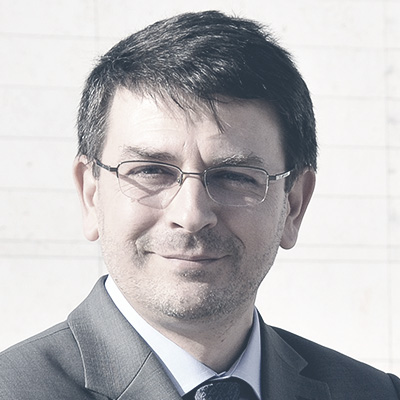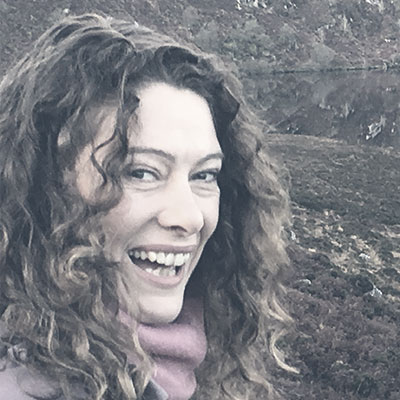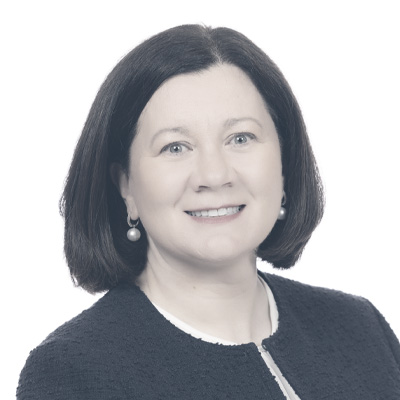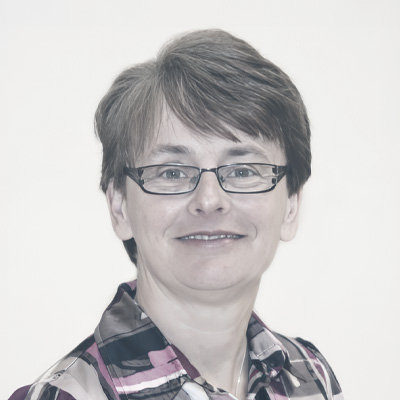
Cyber-smart and energy efficient in times of crisis
2nd May 2023
How AWS is helping Irish organisations achieve their sustainability goals
2nd May 2023Senior Expert for DG CLIMA at the European Commission and Head of Secretariat for the Climate Adaptation Mission, Johannes Klumpers, speaks to eolas Magazine about ‘the mission’.
“The word mission is now used more like the mission to the moon; taking initiative to gather all kinds of thoughts and financial resources to work with as many people as possible to progress in a certain field,” Klumpers says.
“That is what missions are about and it exists for the first time in the current Multi-Annual Financial Framework of the European Union. It is intended to be a bridge between the worlds of research and innovation and those that want to use that research and innovation to actually solve those big societal questions.”
Horizon Europe
In 2021, the European Commission launched five missions as part of Horizon Europe, its research and innovation funding programme, with four of those – adaptation to climate change, ocean and waters, climate-neutral and smart cities, and a Soil Deal for Europe – centred on climate and the environment. The missions deviate from the Commission’s usual tact of coordinating actions at the national level among member states and sees the Commission directly reaching out to regions and local actors.
“It is those that we want to help in this mission,” Klumpers explains. “That is a little bit unusual for the European Commission, because we do not usually reach out to regions and municipalities. We do not have much experience with this, and it is not a sign of distrust at the national level, but we are doing it because the local actors are the ones who have to do the things that we call adaptation to climate change. It is in local areas where decisions need to be taken and frequently implemented when it comes to adaptation.”
Adaption Strategy
The EU’s Adaptation Strategy contains within it the goal of the EU being a “climate-resilient society, fully adapted to the unavoidable impacts of climate change” by 2050, with its objectives including smarter, faster, and more systemic adaptation and stepping up international action. The approach to climate adaptation is broken down into three phases: build-up (2021-2023), where the support system for the approach will be set up through initiatives such as the Mission Charter; full deployment (2024-2027), where the first recommendations on how to reach a climate-resilient Europe will be made; and consolidation (2028-2030), where results will be consolidated and the focus will shift towards the implementation of large scale demonstration of the lessons learned in the previous two phases.
Klumpers further explains that the three objectives specific to the adaptation mission are increasing knowledge of climate risks in each region, adapting planning so that that infrastructural developments taking place today take into account the climate of 50 years from now, and the implementation of these plans on the ground through financial and conceptual support for the delivering bodies.
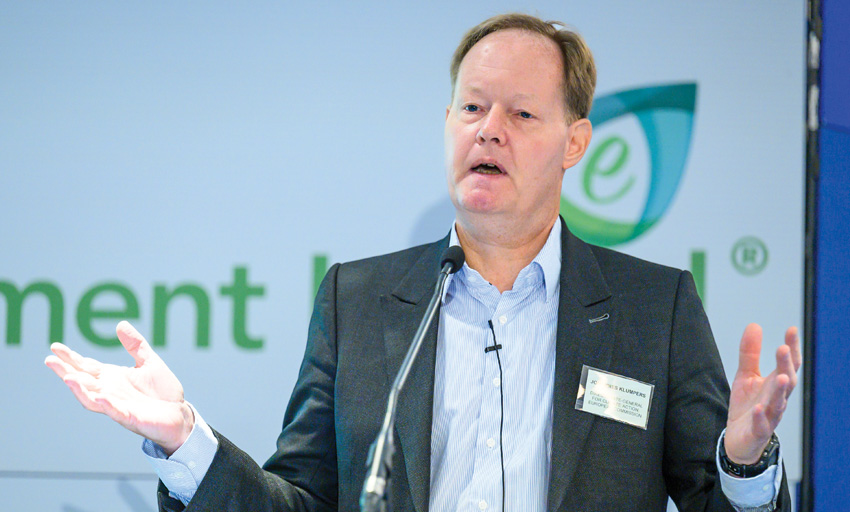
In 2021 and 2022, the Commission commenced 13 actions with a total funding of €255 million, ranging from large-scale demonstrators of climate resilience creating cross-border value to boosting the sponge function of landscapes as a means of improving climate-resilience in water management.
“Adaptation is a very difficult animal because basically everything in our lives will have to adapt to what climate change brings with it,” he says. “There are some areas where we have defined what we are working on. We want to favour nature-based solutions because these usually provide benefits to other areas such as biodiversity and mitigation. Usually, there is no maladaptation involved here, meaning there are no negative effects on other aspects. We want to do this by thinking of critical infrastructures, health, and wellbeing, providing testing solutions, water management, and land use and food systems.”
We want to favour nature-based solutions because these usually provide benefits to other aspects to other areas such as biodiversity and mitigation.
Cascading funds will be utilised for some of these projects, meaning that the Commission will issue a single grant to a consortium, which will then issue a call for applications to disperse the grant among European projects. This will be done as part of the Commission’s objective to reach local actors, an objective that will be further empowered by its Mission Charter, to which 301 organisations from 25 EU member states have now signed up.
The Mission Charter is an open invitation with no deadline; currently, Donegal, Galway, Sligo, Louth, and Offaly county councils have become charter signatories, and Ennis, County Clare has become a friend organisation. “The interest is not the same throughout Europe,” Klumpers remarks. “Ireland is quite well represented; France, Spain, and Poland are well represented and others less so.”
Affecting change
Concluding, the Head of Secretariat for the Climate Adaptation Mission reflects on the importance of reaching the local level and affecting change at the level of an informed citizenry. “For adaptation, you need buy-in. This process is not just about bringing people along, but about listening to them because maybe they have the best ideas.
“The Mayor of Maribor in Slovenia told us recently that he thinks it is very important to have citizens onboard because they are the only continuous factor. Politicians change every four years and there is no guarantee that whoever wins the next election will have the same approach as those before them.”

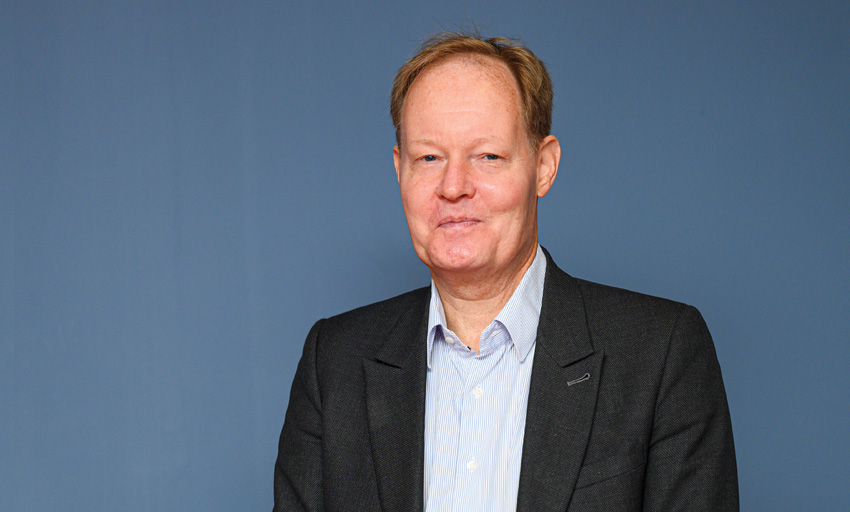
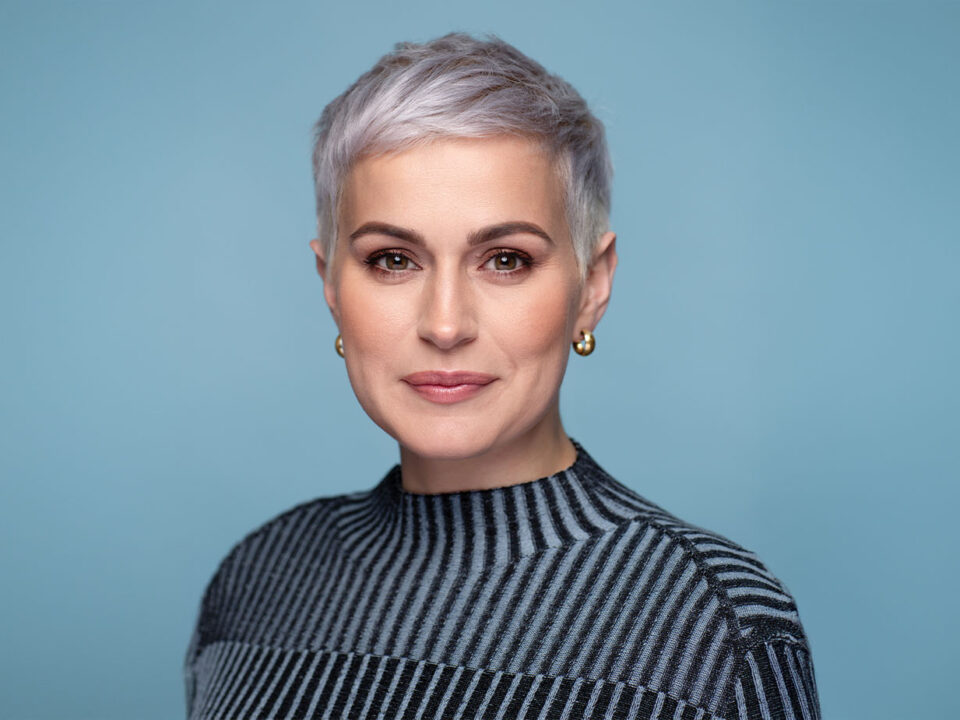
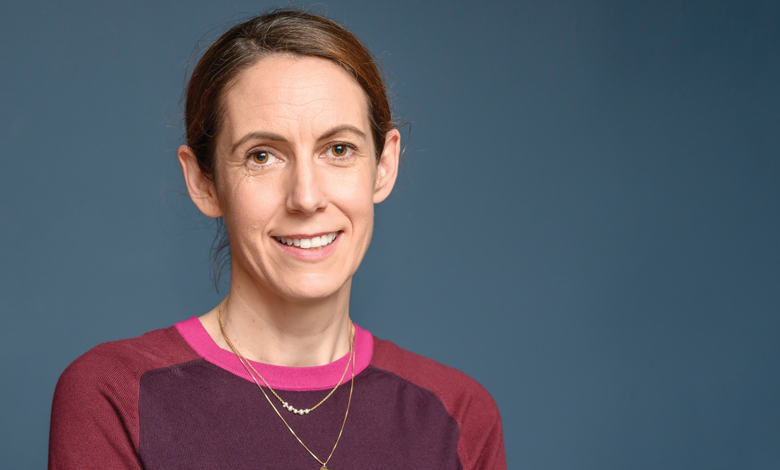
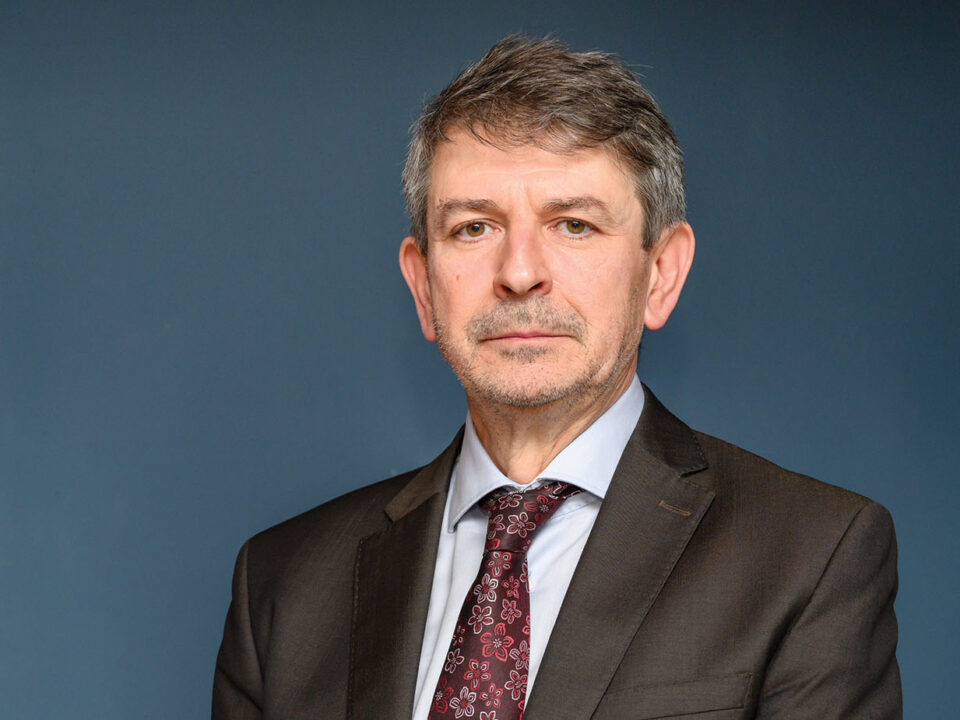
 Ossian Smyth TD
Ossian Smyth TD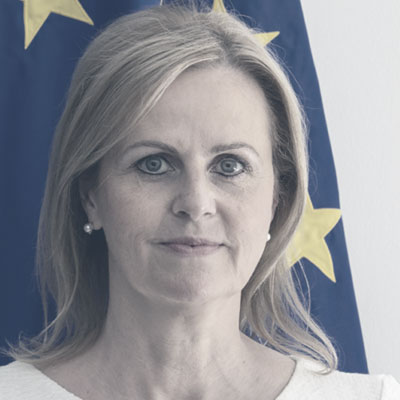 Florika Fink-Hooijer
Florika Fink-Hooijer Antoine Oger
Antoine Oger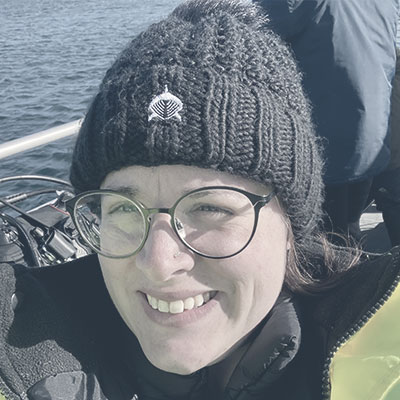 Laura Curtis-Moss
Laura Curtis-Moss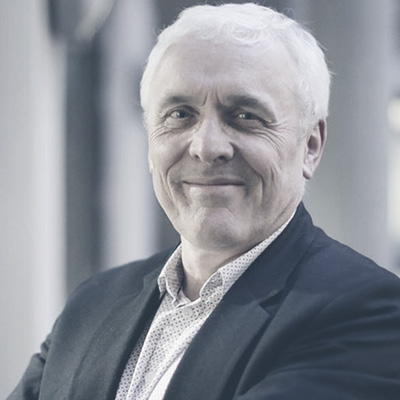 Anthony Costello
Anthony Costello Anja Murray
Anja Murray Niall Ó Donnchú
Niall Ó Donnchú Mike Savage
Mike Savage Brian Carroll
Brian Carroll Claire Downey
Claire Downey Oisín Coghlan
Oisín Coghlan Stephen Onakuse
Stephen Onakuse Kevin O’Sullivan
Kevin O’Sullivan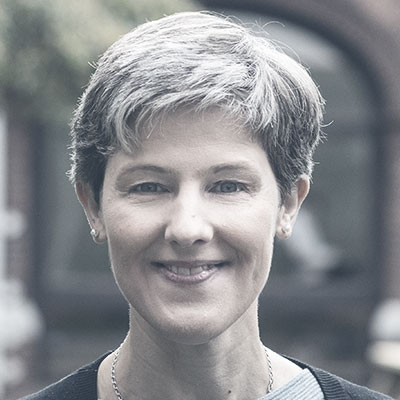 Susan Hegarty
Susan Hegarty Hendrik W van der Kamp
Hendrik W van der Kamp Philip Nugent
Philip Nugent Adrian Smyth
Adrian Smyth 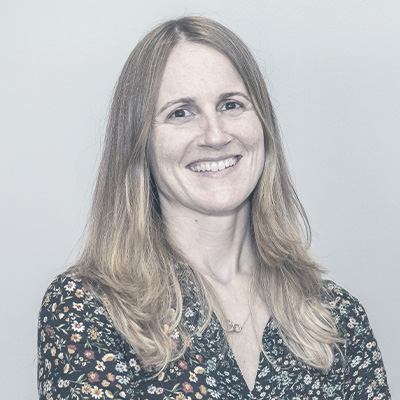 Ainhoa Gonzalez Del Campo
Ainhoa Gonzalez Del Campo 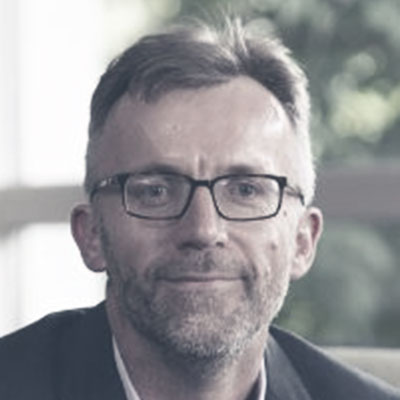 Geoff Dooley
Geoff Dooley 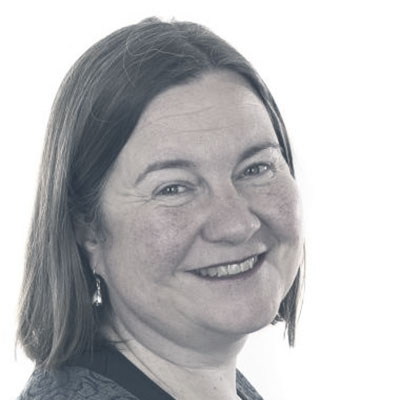 Clare Pillman
Clare Pillman 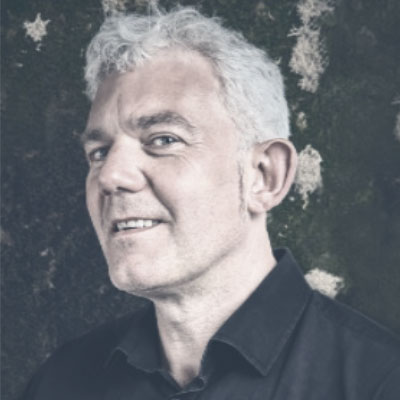 David Greenfield
David Greenfield Danielle Conaghan
Danielle Conaghan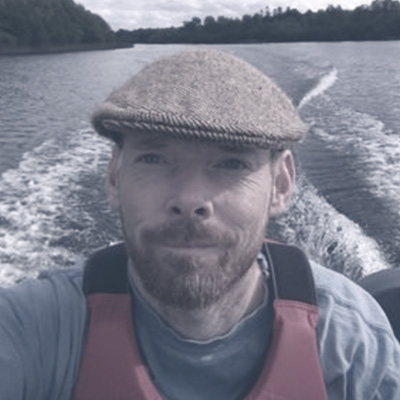 Peter McEvoy
Peter McEvoy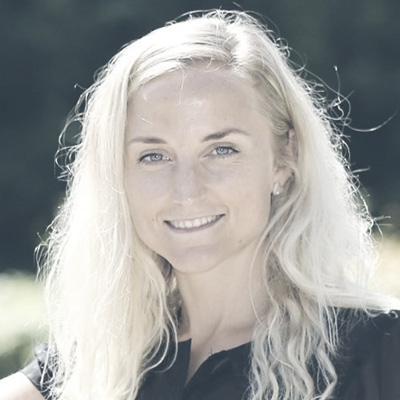 Triona McGrath
Triona McGrath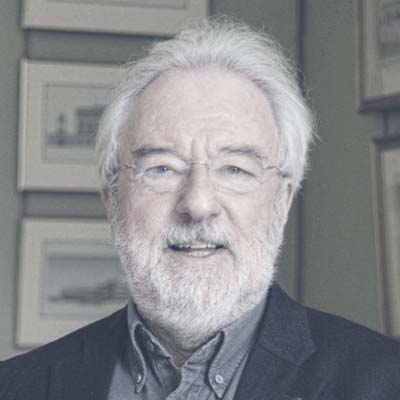 J Owen Lewis
J Owen Lewis Gavin Smith
Gavin Smith Imelda Hurley
Imelda Hurley Lucy Gaffney
Lucy Gaffney Dr Venkatesh Kannan
Dr Venkatesh Kannan Kevin Hegarty
Kevin Hegarty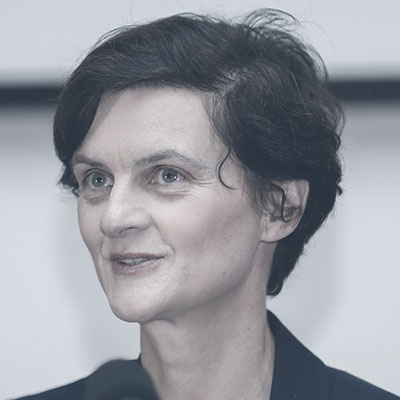 Eimear Cotter
Eimear Cotter Aditya Arora
Aditya Arora Patric Child
Patric Child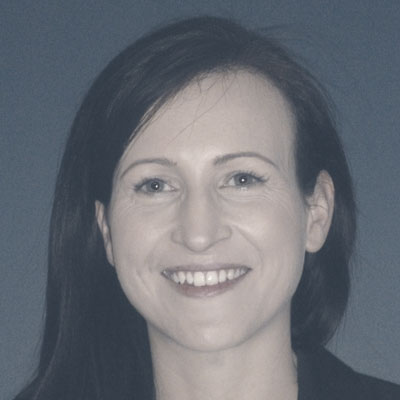 Eleanor Roche
Eleanor Roche Andy Bleasdale
Andy Bleasdale Andrew Muir MLA
Andrew Muir MLA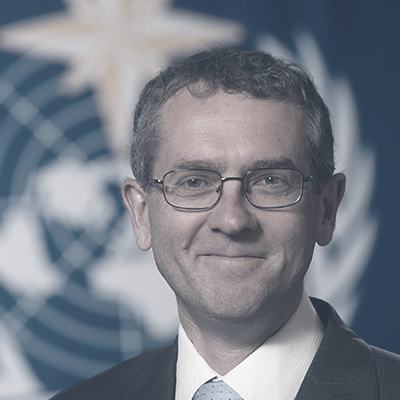 Chris Hewitt
Chris Hewitt Francesca Racioppi
Francesca Racioppi Christopher Hammond
Christopher Hammond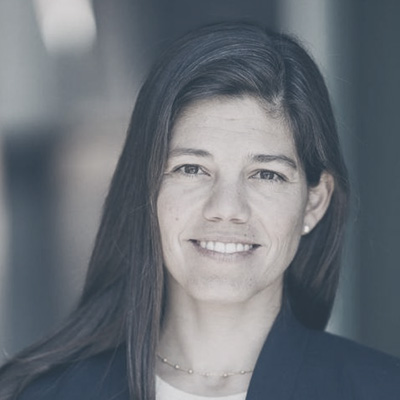 Laura Díaz Anadón
Laura Díaz Anadón Lorna McAdoo
Lorna McAdoo Conor Murphy
Conor Murphy  Mark Horton
Mark Horton  Niall McLoughlin
Niall McLoughlin  Zoe Kavanagh
Zoe Kavanagh Niall Ó Donnchú
Niall Ó Donnchú Venkatesh Kannan
Venkatesh Kannan David McGee
David McGee Anna Rose
Anna Rose Paul Hogan
Paul Hogan
